On entering ‘Memory Movement, Memory Objects’ at the Wellcome Collection you are met by the rhythmic sound of clicking. A subtle recording that sounds like needles clacking or bobbins unspooling accompanies black-robed figures as they wrap a 1967 Ford Mustang in copper wire. Over the course of the exhibition the car will be enmeshed in an impenetrable cobweb of glowing metal. You the visitor are invited to take part.
Thus you are introduced to the dual concepts behind Alice Anderson’s installation. She wraps things in copper wire, and the process of collaborative movement is as much part of the experience as the uncanny object it produces. It is about memory through motion, the everyday tactile knowledge of objects, but also shared memory of things loved and used. Her process is obsessive and passionate; the depth of wire that enshrines or mummifies each object gives you a clue to the hours of intense labour that have gone into each piece.
In the second room you meet recognisable objects, everyday things: a telephone, shisha pipe, bicycle, paintbrush, pencil, stethoscope, keys, squeezed tubes of paint, an Apple Mac power chord, scissors, a TV screen, a Coke bottle. They surround a staircase that disappears up into the back wall of the gallery. This is a deep black space in which the enmeshed objects are beautifully lit. They glow on their plinths, and the open display means there’s no barrier between you and their alluring surfaces. It is very hard not to touch.
In alternating bright white and dense black spaces you are then introduced to increasingly abstracted objects. ‘Assemblages’ brings together pieces where Anderson has used her wire to combine different everyday objects into one visual hybrid. An unnerving skeleton sits in the corner, a series of ladders are turned into a pattern of grids and blocks. Wooden sticks, a toy, CD and tape cases combine to resemble a Giacometti. Next you negotiate a room filled with monumental loops of rope, weaving between the copper strands. You are able to at their glistening surfaces from just centimetres away.
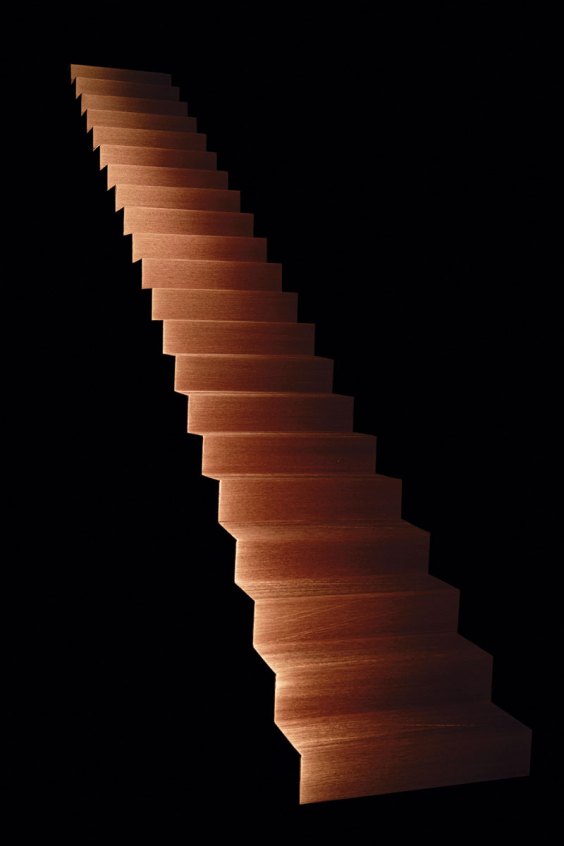
Alice Anderson’s Travelling Studio, Stairs (2014), Alice Anderson, Marta De Frutos, Anna Fafaliou, Virginie Herbert, Josue Lozano, Christina Makri, Daniela Piedrahita, Laurin von der Osten-Sacken, Sophie Wiltshire. Photo © Matt Holyoak
This brings you to a space of abstract objects, from packed shelves of tiny geometric shapes to a ring of simple rectangular canvases that stand sentinel like a metallic Stonehenge. Anderson’s unique medium ties together forms reminiscent of Conrad Shawcross, Edmund de Waal (interviewed in Apollo, November 2013), Anish Kapoor and Richard Serra, just as her wrapping process continues a tradition from Joseph Beuys to Man Ray and Christo.
In the final room the material takes control, as the power of the copper wire bends and distorts her objects into new forms. A laptop is warped, a dish cracked, a canoe develops a scalloped edge and shelves curl like fortune fish. Bent under the pressure of time and materials, these things physically show the effects that Anderson’s quiet, compulsive work suggests we bring to all objects. We shape them with our memories, just us our interactions with them shape us.
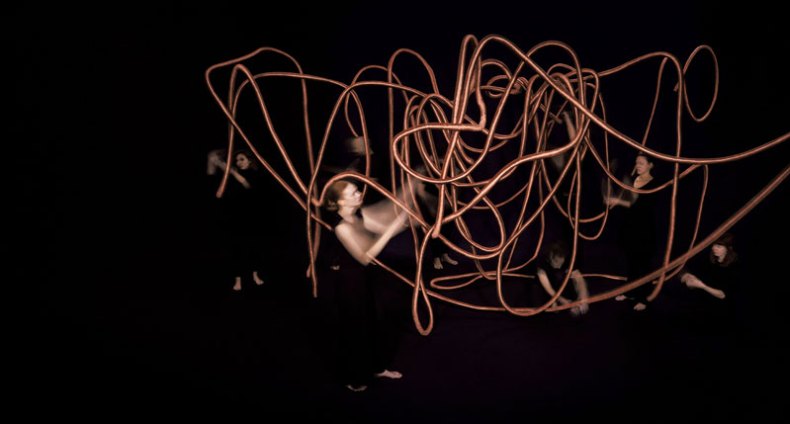
Alice Anderson’s Travelling Studio, Ropes (2013–15), Alice Anderson, Chalie Chalosri, Alfonso Costilla Gamaza, Marta De Frutos, Anna Fafaliou, Virginie Herbert, Dionysia Kypraiou, Josue Lozano, Christina Makri, Daniela Piedrahita, Laurin von der Osten-Sacken, Sophie Wiltshire. Photo © Matt Holyoak
In an increasingly digital age, Anderson aims to recreate a haptic relationship between people and things, an archaeology of our time that creates a new physical relationship with objects that we so often neglect or throw away. For the Wellcome she brings a new perspective to bear on memory research, on how the brain retrieves or constructs stories. For the visitor she creates a sensory journey that leaves you looking differently at the things around you.
‘Alice Anderson: Memory Movement Memory Objects’ is at the Wellcome Collection, London, until 18 October. A hardback book accompanying the exhibition is available from the Wellcome Shop and online.
Unlimited access from just $16 every 3 months
Subscribe to get unlimited and exclusive access to the top art stories, interviews and exhibition reviews.

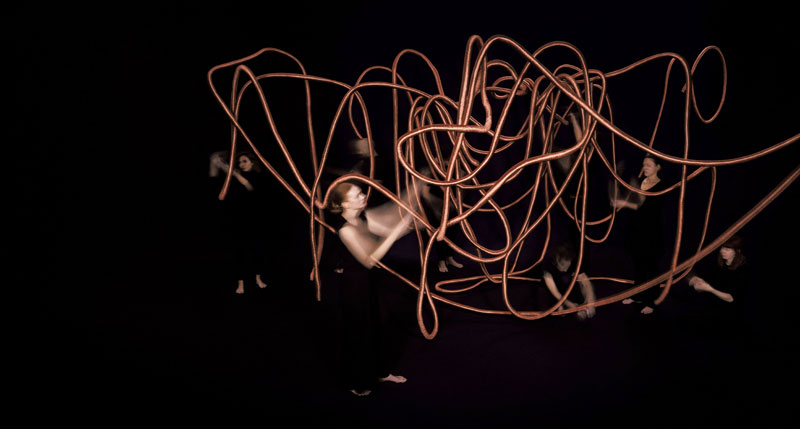
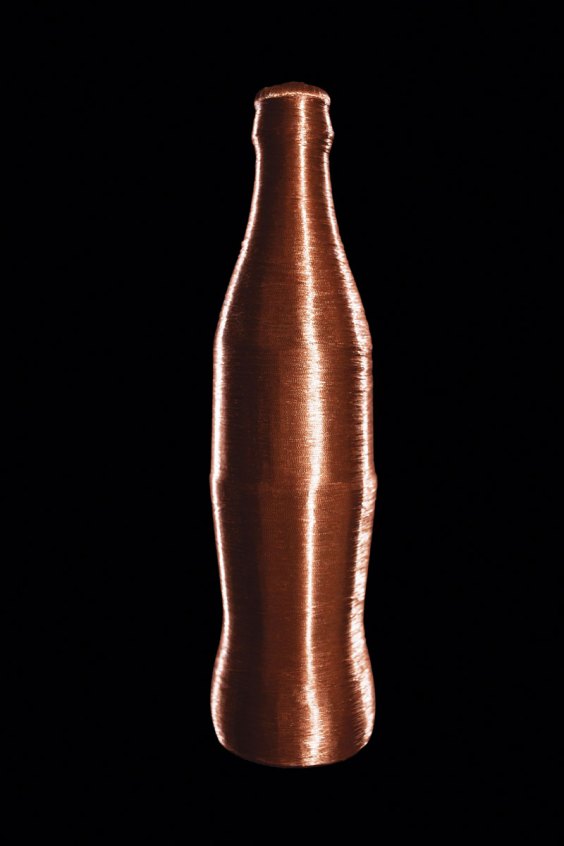
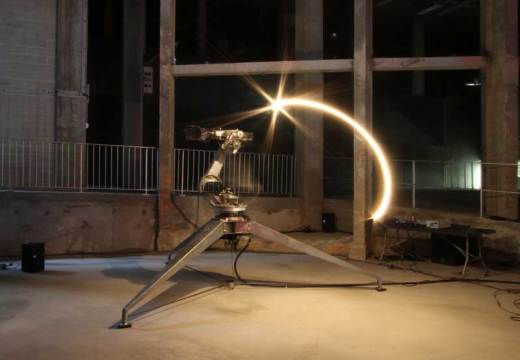
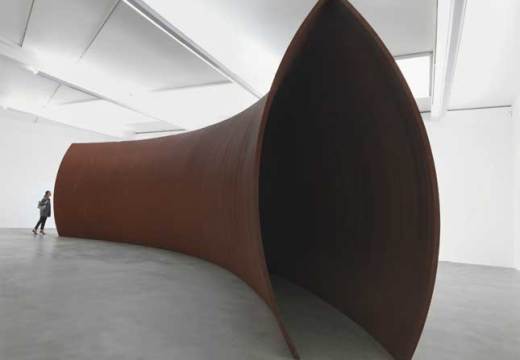
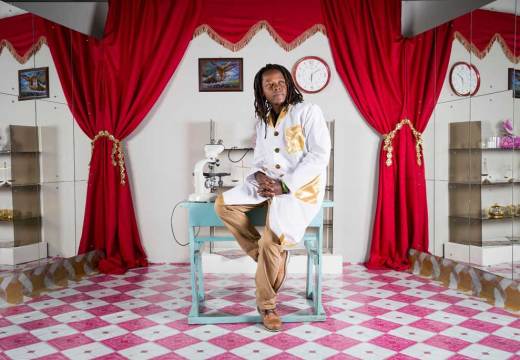









![Masterpiece [Re]discovery 2022. Photo: Ben Fisher Photography, courtesy of Masterpiece London](http://www.apollo-magazine.com/wp-content/uploads/2022/07/MPL2022_4263.jpg)
Why are fathers so absent from art history?